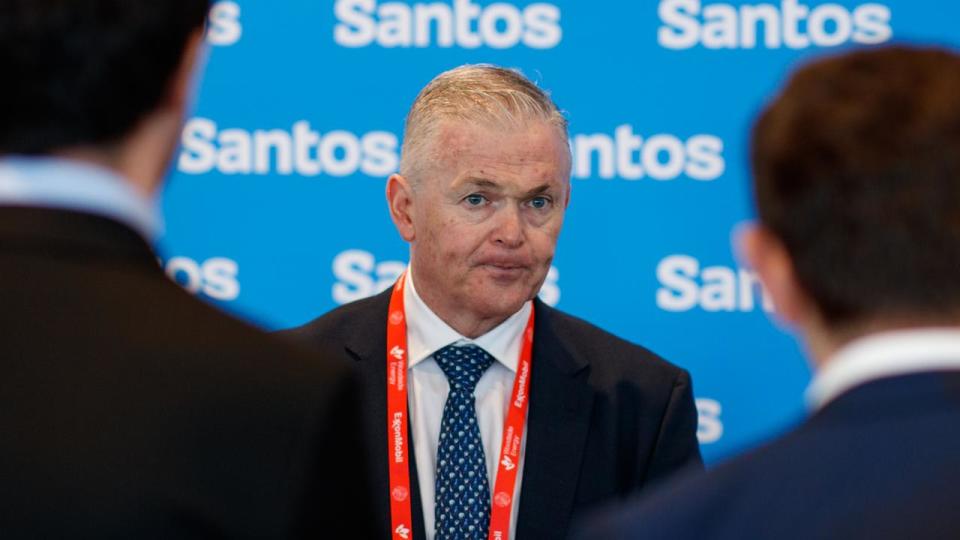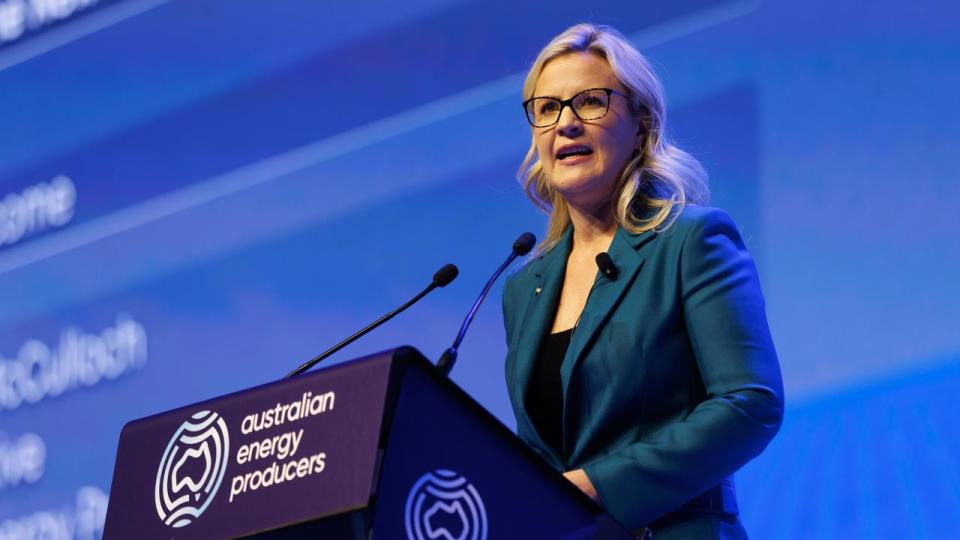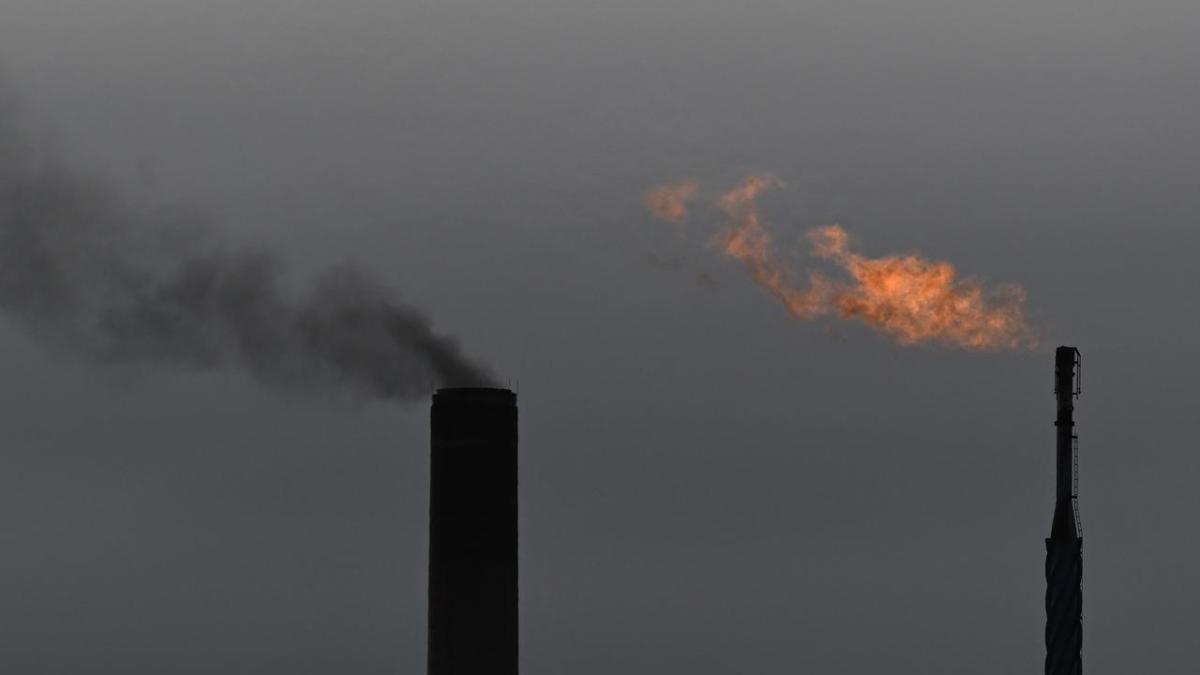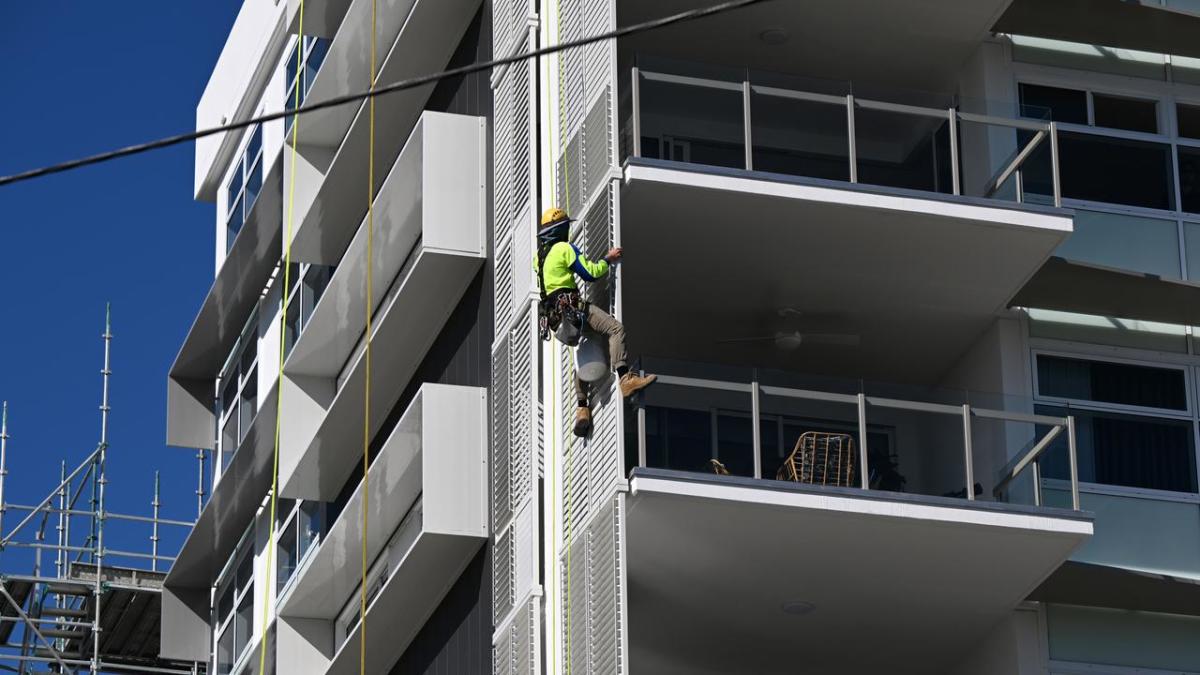Taxpayer-funded credits for carbon capture would be a “great incentive” for developing Australia’s emissions storage potential, a gas leader says.
Gas giant Santos has almost finished building one of the world’s largest carbon capture and storage (CCS) facilities, the Moomba project in South Australia’s outback, with first injection on track for later in 2024.
The proven technology has the potential to have a greater impact on emissions reduction than decarbonising an electricity network, chief executive Kevin Gallagher told AAP in Perth.

“Santos is doing this because we think we have a competitive advantage – we can make money out of carbon management services,” he said at an industry conference.
Moomba will initially trap exhaust from gas production and could import carbon dioxide from elsewhere, once laws allow it.
North Asian industrial giants are already taking a close look at Australian expertise in CCS, with a Korean contingent visiting Chevron Australia’s Gorgon operations this week on Barrow Island at the northwest tip of the nation.
Santos plans to take emissions from domestic heavy industries, including steel furnaces and chemical refineries, depending on supportive government policy and industry investment.
The company’s “low-carbon fuel strategy” also puts the Cooper Basin at the heart of a future fuel made from combining hydrogen and carbon dioxide, which they say could be a “drop-in” replacement for gas.
But Australia has “very few carrots and small sticks” for CCS deployment, according to peak body Australian Energy Producers chief executive Samantha McCulloch.
Meanwhile, the United States is throwing subsidies of $US85 ($A127) a tonne at carbon capture from industrial facilities and power plants.


In Europe, mining giant BHP is part of a consortium proving up the feasibility of carbon capture for steel production in a region where emissions are falling significantly in response to a carbon price.
BHP spokesman Michiel Hovers said this work by ArcelorMittal could help develop a technology that might significantly lower emissions intensity from a blast furnace, which remains critical for steelmaking with other methods not yet ready.
Mr Gallagher urged Australia to fast-track all regulatory frameworks for approvals to build new CCS projects and how to govern and monitor their performance.
“Carbon credits, qualifying for ACCUs (Australian carbon credit units), would be a big incentive,” he said.
With capacity to store up to 1.7 million tonnes of carbon per year, start-up injection rates at Moomba could build to about 20 million tonnes of carbon a year for up to 50 years.
The proposed Bayu-Undan project offshore Timor-Leste, to be operated by Santos, could store more than 10 million tonnes of carbon a year.
The third spoke of their CCS game plan, located in WA, is designed for five million tonnes of storage per year with an investment decision due in 2025 and proposed first injection in 2028.
The reporter travelled with the support of Chevron Australia.















